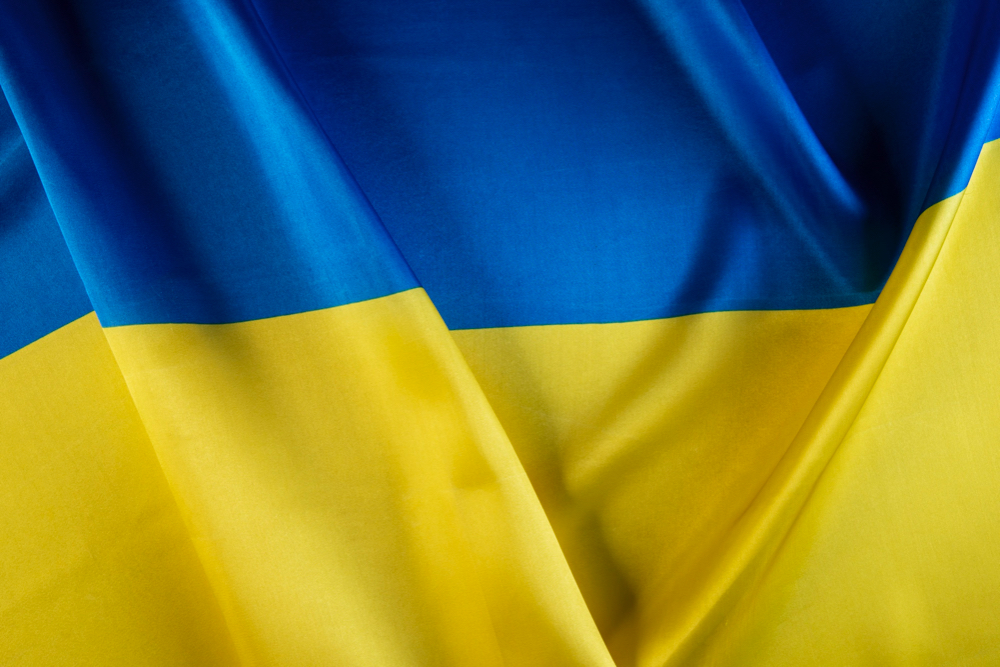Ukrainian refugees: Council extends temporary protection until March 2026

Today, the Council adopted a decision to extend the temporary protection until 4 March 2026 for the more than 4 million Ukrainians fleeing from Russia’s war of aggression.
Day after day, Russia terrorises the Ukrainian people with its bombing war. These are not safe circumstances. Those who fled from Russia’s aggression can continue to count on our solidarity.
Nicole de Moor, Belgian Secretary of State for Asylum and Migration
The temporary protection mechanism was triggered on 4 March 2022 – only a few days after Russian armed forces launched a large-scale invasion of Ukraine – and is due to run until 4 March 2025.
The extension decision that was adopted today does not change the decision of March 2022 in terms of the categories of persons to whom the temporary protection applies.
What is temporary protection?
Temporary protection provides immediate and collective protection to a large group of displaced persons who arrive in the EU and who are not in a position to return to their country of origin.
The system alleviates the pressure on national asylum systems because applications do not have to be examined individually. People benefitting from temporary protection enjoy the same rights across the EU. These rights include:
- residence
- access to the labour market and housing
- medical assistance
- social welfare assistance
- access to education for children
The EU’s temporary protection law sets minimum standards of protection. The actual level of assistance can vary from one member state to another.
Next steps
According to their national procedures member states may have to adopt additional implementation acts to formalise the prolongation.
Background
Temporary protection is an EU emergency mechanism which is activated in exceptional circumstances involving a mass influx of refugees. The EU directive on temporary protection was adopted in 2001, in the aftermath of the large-scale displacement due to the armed conflict in the Western Balkans, in particular from Bosnia and Herzegovina and Kosovo. It was triggered for the first time in response to Russia’s invasion of Ukraine.
